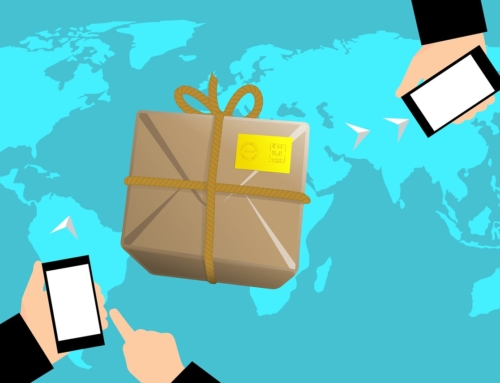Online shopping is like a freight train that can’t be stopped.
For the last several years, it has showed consistent year-over-year growth in the double-digit percentages. The 2017 holiday season alone grossed over $119 billion, a 16.9 percent year-over-year increase, according to US Census data. Unfortunately, what goes up must also come down, and what’s sold through eCommerce platforms does, inevitably, come back, often as much as 15 to 30 percent of the time.
Customer Returns Rising Faster Than Sales
As much as an expanding eCommerce retail sector is a great thing for 3PLs and customers alike, returns are becoming a major wrench in the gears of the machine. Returns that can’t be sold at full price (or at all) are costing retailers an average of 4.4 percent of yearly revenues and adding a not insignificant amount of pressure on retailers that may not have a lot of margin to work with.
Customer returns are increasing for a variety of reasons, including things like:
- A huge increase in eCommerce sales. As eCommerce continues to expand at a rate that feels almost unchecked, the sector is still finding its feet. Products aren’t always represented in their best light, which then results in unhappy buyers and the need for a reverse logistics team to send the items backward through the system.With time, this may decrease as both eCommerce sellers and buyers develop better communication strategies.
- Customers feel safe buying multiple things online and sending back the ones that they don’t want. Because it’s difficult to know for certain if the item you’re looking at online is exactly what you think it is in real life, many online shoppers have adopted the practice of purchasing multiple items or multiple sizes of a certain item and sending back the ones that simply don’t work.This trend is epidemic among clothing retailers, especially. The ultimate solution is to have a good returns management team in place that can assess the problem with the returned items and another team that takes that information and uses it to improve customer satisfaction with the initial purchase, eliminating the need to buy several items when only one or two are actually desired.
- Large discount retailers are expanding into eCommerce, making it easy for customers to return items to brick-and-mortar stores. When big box stores can offer customers easy returns at convenient neighborhood locations, there’s no reason for a customer to not take a chance on a purchase they may be uncertain about.After all, if it doesn’t work out, they can simply drop the item off on their weekly shopping trip. This element alone has driven an increase in customer returns, increasing the demand for reverse logistics across the board.
Customer returns continue to increase, especially for retailers with dealings in the eCommerce world, putting more demand on 3PLs and reverse logistics departments across the country. Long term solutions, like improving customer purchase confidence, need to be found to help contain this problem as the industry expands.







Leave A Comment